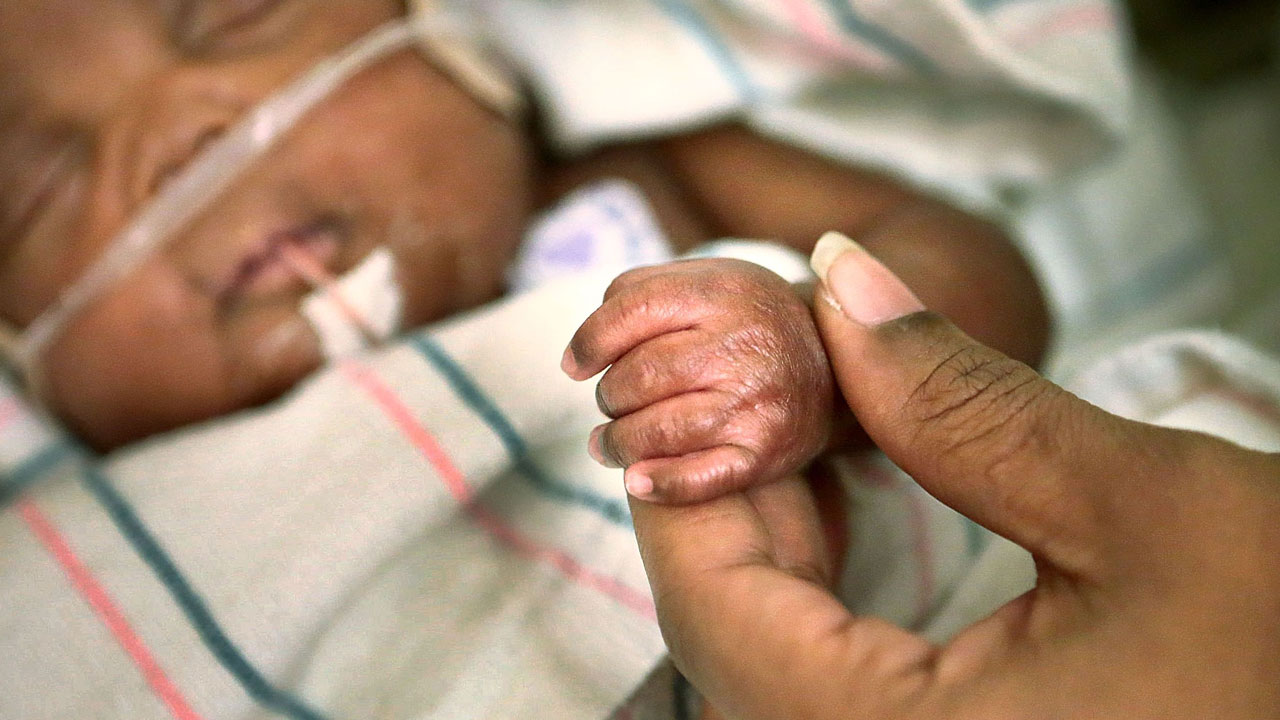In the first week of life, as newborns adjust to their new environment, a silent threat called neonatal jaundice can emerge. Although it often appears harmless, causing a slight yellowing of the skin and eyes, if left untreated, neonatal jaundice can have severe consequences. It remains a leading cause of hospitalisation for infants worldwide, particularly in Nigeria, where its prevalence can be alarmingly high.
A 2021 study conducted at a tertiary hospital in Southwestern Nigeria found that 15% of newborns were affected by jaundice. However, a broader, decade-long study from 2008 to 2019 revealed more fluctuating rates, with neonatal jaundice affecting between 11.2% and 64% of newborns during this period. These numbers raise urgent questions about how well this condition is being managed and the long-term impact on newborn health.
UNICEF emphasises that the first 28 days of life—the neonatal period—is the most critical for child survival. In 2022, the global average neonatal mortality rate was 17 deaths per 1,000 live births, a significant drop from 37 per 1,000 in 1990. However, the first month remains a high-risk period, with 2.3 million neonatal deaths globally in 2022, equating to approximately 6,300 deaths each day.
Understanding Neonatal Jaundice
While jaundice’s yellowing of the skin is well-known, the condition’s underlying causes are complex. Dr. Emmanuel Aliemeke, a physician specializing in health and nutrition emergency response, explains that jaundice occurs due to an excess buildup of bilirubin in the blood. Bilirubin, a yellow compound produced during the breakdown of red blood cells, is normally processed by the liver and excreted through urine or feces. However, when the liver cannot efficiently manage bilirubin, it accumulates in the bloodstream, leading to jaundice.
Dr. Aliemeke identifies two broad categories of jaundice: unconjugated and conjugated. Unconjugated jaundice arises when there is an excess of bilirubin that the liver cannot process, often due to rapid red blood cell breakdown. This type is common in newborns, as their livers may not yet be fully developed. Conjugated jaundice, on the other hand, occurs when bilirubin is processed by the liver but cannot be excreted due to blockages or other issues, a condition more typical in adults with liver disease.
Jaundice in Newborns
Newborns are particularly susceptible to jaundice because of the rapid breakdown of fetal red blood cells after birth. Dr. Aliemeke explains that the immature liver of a newborn often struggles to process the high levels of bilirubin, leading to jaundice. This is especially common in premature infants, whose liver development is even less advanced.
Complications of Neonatal Jaundice
One of the most serious complications of untreated jaundice is kernicterus, a rare but severe form of brain damage caused by high levels of bilirubin crossing into the brain. In newborns, the blood-brain barrier is not fully developed, allowing bilirubin to penetrate the brain and cause toxic effects, particularly in the basal ganglia, which controls movement. Kernicterus can result in movement disorders like cerebral palsy, hearing loss, or even death if not treated promptly.
Fortunately, jaundice is treatable, especially in newborns. Dr. Aliemeke outlines several treatment options, such as phototherapy, which involves placing the baby under ultraviolet (blue) light. This light helps break down bilirubin into a form that can be excreted through urine or stool.
In severe cases, especially when kernicterus is a risk, exchange transfusion may be necessary. This involves replacing small amounts of the baby’s blood with donor blood to rapidly reduce bilirubin levels. Medication is sometimes given to enhance bilirubin breakdown or improve liver function.
Jaundice in Adults
While jaundice is more common in newborns, adults can also be affected by underlying conditions such as hepatitis, liver cirrhosis, or bile duct obstructions. Symptoms like yellowing of the skin, dark urine, pale stools, and fatigue in adults warrant immediate medical attention.
Preventing neonatal jaundice is difficult, as it often results from natural processes during birth. However, ensuring that newborns are well-hydrated and feeding properly can help reduce the risk. Routine bilirubin screenings in the first few days of life can also help detect and address jaundice before complications arise.
For adults, preventing liver-related jaundice involves maintaining a healthy lifestyle, avoiding excessive alcohol consumption, and managing conditions like hepatitis through vaccination and regular medical care.
Emotional Toll on Mothers
The impact of neonatal jaundice extends beyond the baby. For many mothers, the joy of childbirth is quickly overshadowed by anxiety and stress when their newborn is diagnosed with jaundice. The need for medical interventions such as phototherapy or hospitalisation can be emotionally taxing, leading to feelings of guilt, fear, and helplessness. Prolonged hospital stays can disrupt the bonding process between mother and child, complicating breastfeeding routines and exacerbating the mother’s exhaustion. If the condition is severe, the fear of long-term complications like neurological damage can also heighten the risk of postpartum depression or anxiety.
Though common and often treatable, jaundice requires prompt attention to prevent serious complications, especially in newborns. Early detection and appropriate treatment are essential for managing jaundice effectively, ensuring the well-being of both the newborn and the mother. As Dr. Aliemeke emphasises, awareness and timely intervention are critical to improving outcomes for affected families
Neonatal jaundice is a prevalent condition in newborns, characterized by the yellowing of skin and eyes due to excess bilirubin in the blood. It's especially common in regions like Nigeria, where it significantly contributes to infant hospitalizations. A study showed that the incidence of neonatal jaundice in Nigeria fluctuates between 11.2% and 64%. If untreated, jaundice can lead to severe complications such as kernicterus, which is brain damage due to bilirubin. The condition is particularly concerning during the first 28 days of life, which UNICEF highlights as crucial for child survival, with 2.3 million neonatal deaths reported globally in 2022.
Jaundice stems from an underdeveloped liver's inability to process rapid breakdown products of fetal red blood cells in newborns. Treatment options include phototherapy and, in severe cases, exchange transfusion. The challenge of preventing neonatal jaundice lies in its natural occurrence post-birth. However, routine bilirubin screening and ensuring newborn hydration can mitigate risks. In adults, jaundice often indicates underlying conditions like hepatitis or liver issues and necessitates immediate attention.
For mothers, the emotional impact of neonatal jaundice is profound. The stress and anxiety over potential complications can lead to feelings of guilt and postpartum depression, affecting bonding and breastfeeding. Thus, prompt and proper treatment of jaundice is crucial in safeguarding the health and emotional well-being of both children and mothers. Awareness and timely medical intervention are essential to enhancing outcomes for affected families.






